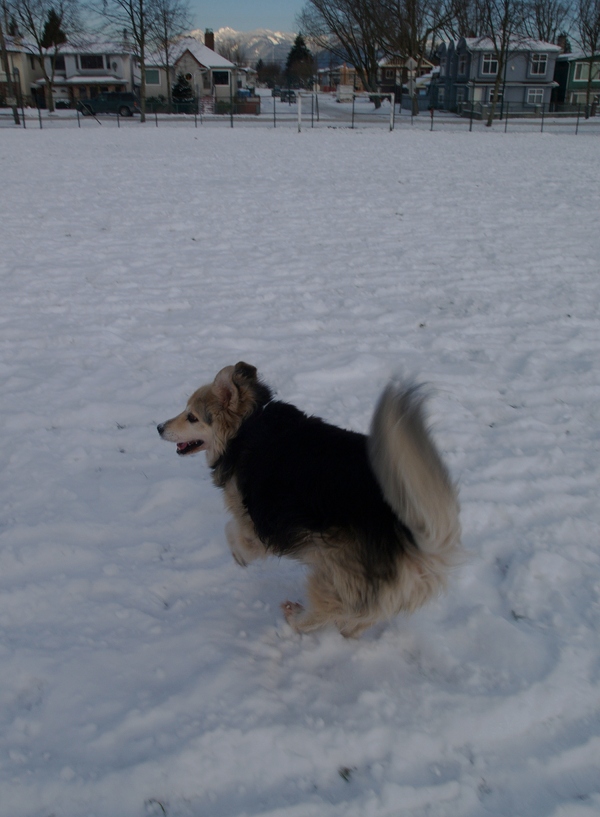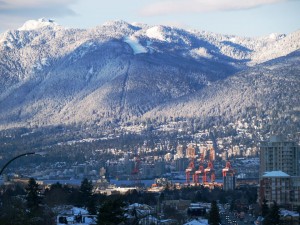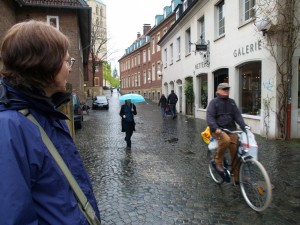What about “Nomads”?
All the different themes on this site connect to an underground urban concept that, among other things, is call Urban Nomadology. Here are a (very) few places to start exploring the concepts of urban nomadism:
Lipstick Traces by Greil Marcus is an amazing book. It connects the punk music explosion from late ’70’s Britain back to the situationists of Paris, the Dadaists, and much further back than that. This, from my perspective, is essential reading to understand the cultural component of Urban Nomadism here at the start of the 21st century.
Â
Nomadology.com is an interesting introduction to the topic. Not a “linear” or narrative one though.
Â
Of course, nomadism has no urban component in most people’s minds. When they hear “nomad” they usually think of Pastoral Nomadism , if anything. Mongolia presents a good example of pastoral nomadism. This U.S. Country Studies article might help. Although, there is, apparently, more to it.
So, here’s an extremely brief Urban Nomad Primer:
Despite the prevalence of Situationists throughout the 20th century (as examined in the aforementioned Lipstick Traces), the idea that this is connected to a kind of nomadism is a reasonably new idea. Â It’s, to me, the logical next phase of the Digital Cobbler concept. I think this embodies a kind of urban nomadism that is economic, cultural, and social.
Â
However, it’s also important to acknowledge right away that this is an urban component of digital geography that may have eqivalents in the exurban and rural communities. Or, using the names used in Joel Kotkin’sThe New Geography the book, the blog, in the Nerdistans and Valhallas of North America. It may be the case that these different types of communities are all so much inter-twined and are consequences of the same digital geography to the extent that I can’t discuss the urban component without dealing with the others.
Â
More about Urban Nomads in a while when I organize my readings and so on.



